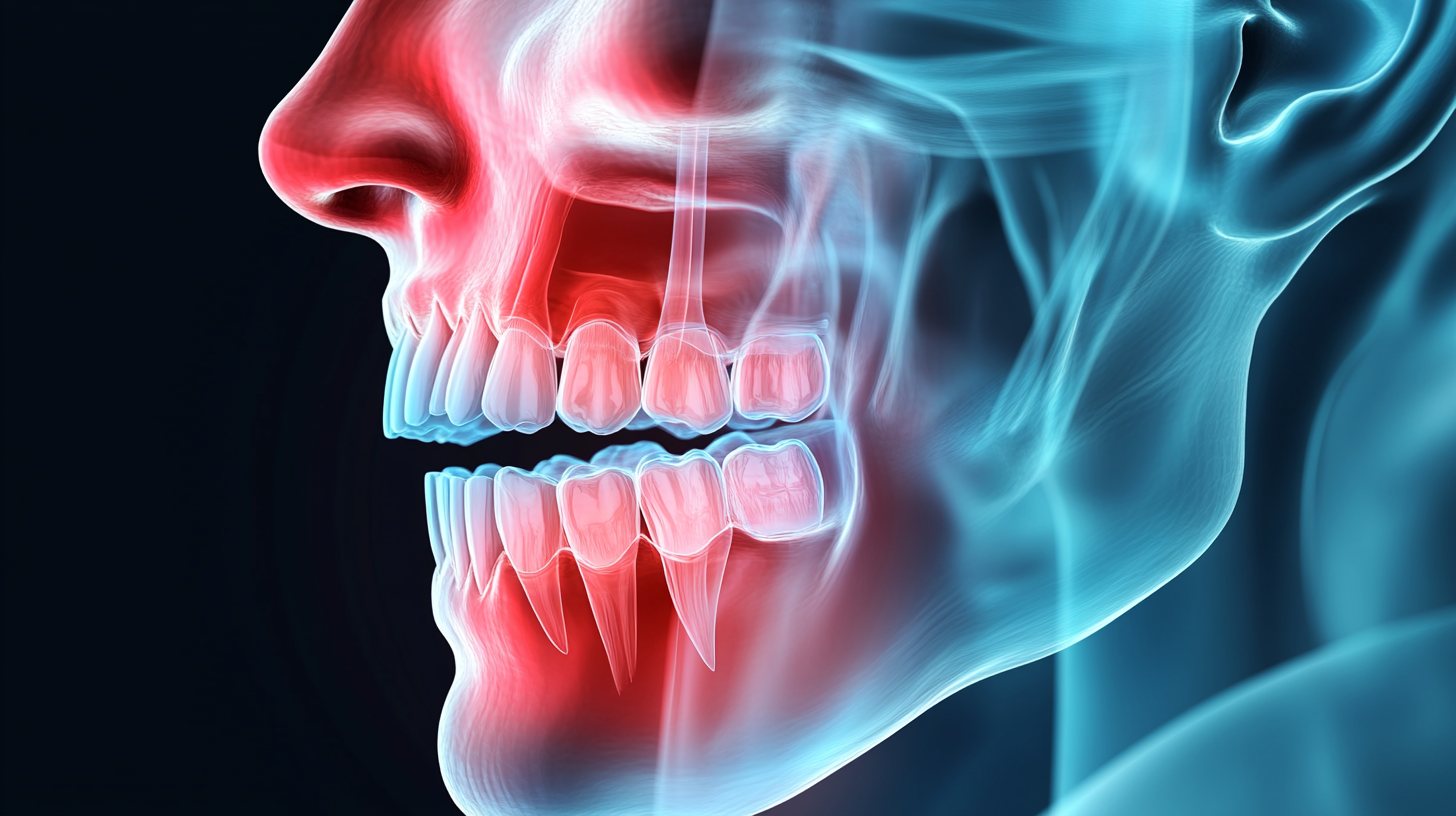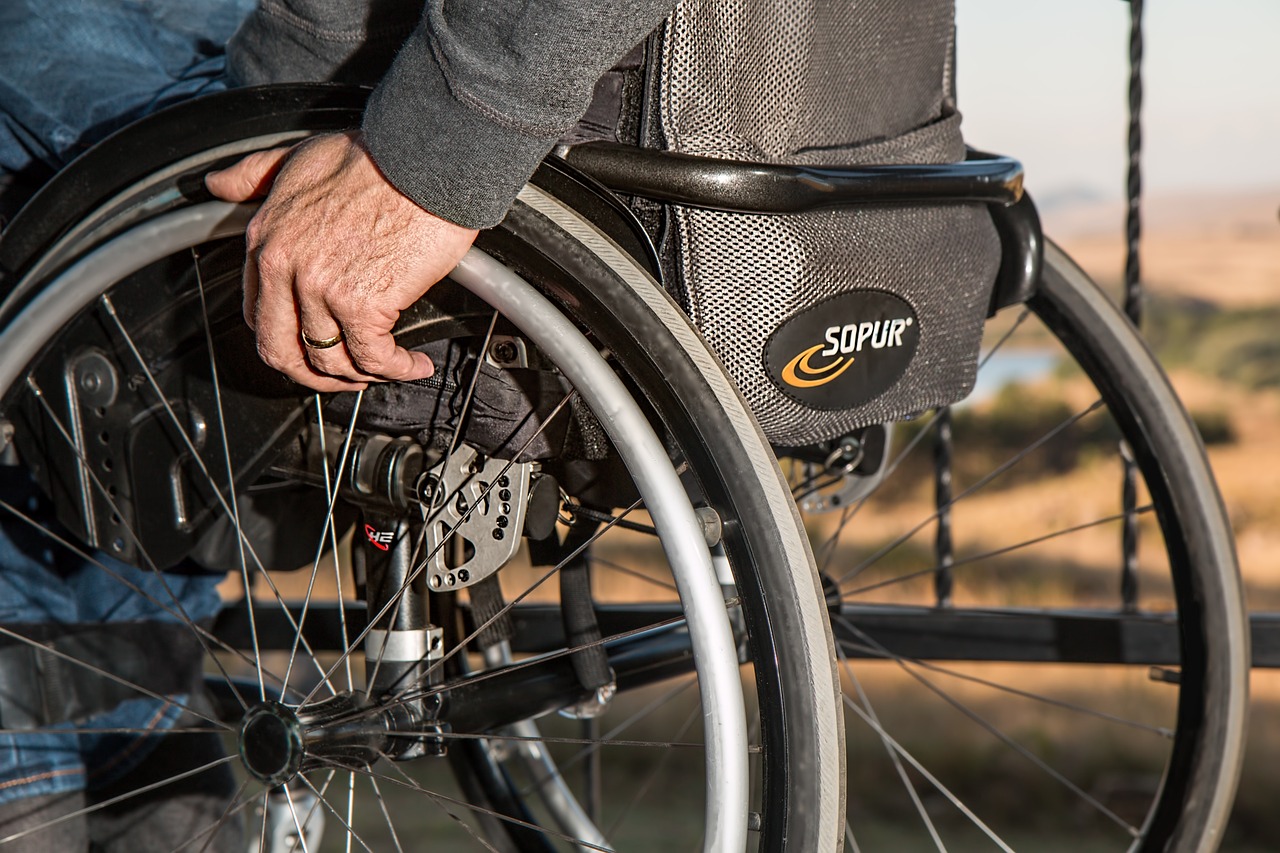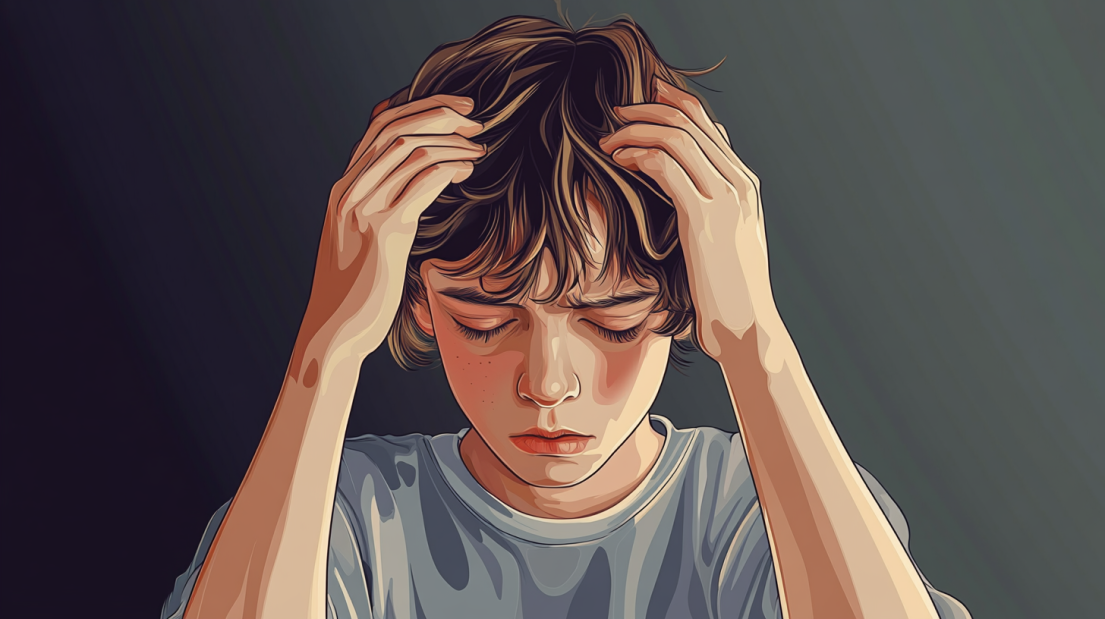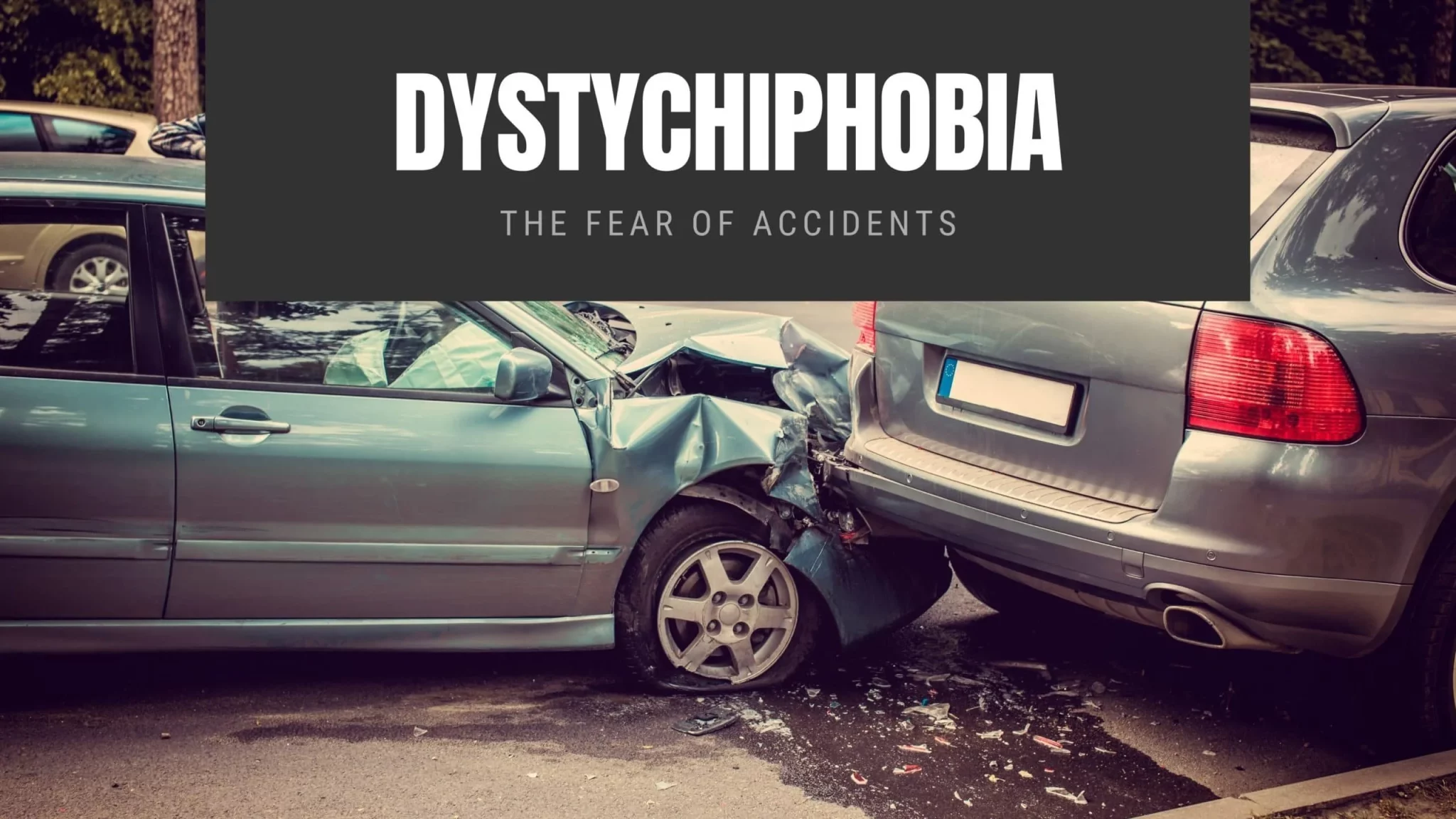
Dystychiphobia is an intense, irrational fear of accidents.
Whether it’s a car crash, a fall, or any mishap, people with dystychiphobia live in constant anxiety about the possibility of accidents happening to them or their loved ones.
This fear can profoundly impact daily life, leading to avoidance behaviors and restricting activities such as driving or traveling.
Understanding this phobia and how it manifests is crucial for those seeking to manage it and improve their quality of life.
Understanding Dystychiphobia
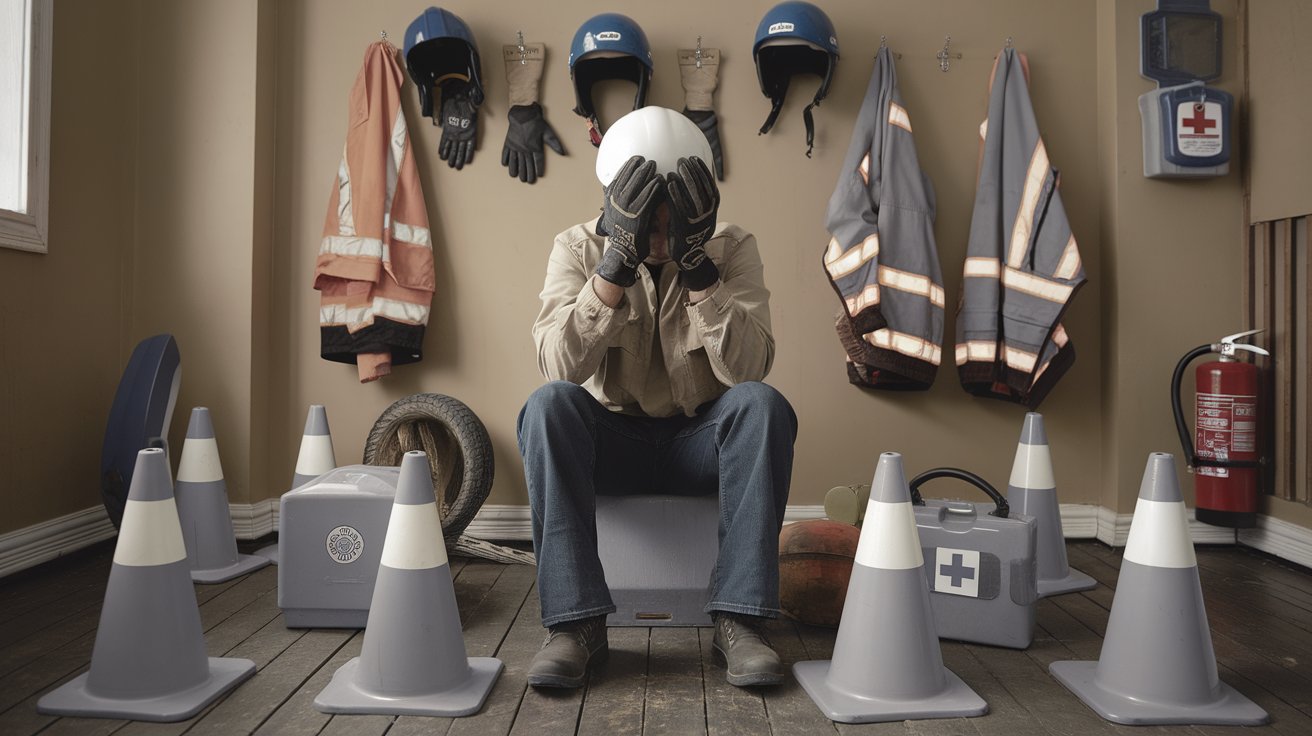
Dystychiphobia typically develops as a response to a perceived threat of accidents, often triggered by past experiences or overwhelming anxiety.
Individuals suffering from this fear tend to catastrophize, constantly imagining worst-case scenarios.
Common triggers include situations where accidents are more likely, such as driving, flying, or even walking in crowded places.
Over time, these fears become deeply ingrained, leading to avoidance behaviors and intense anxiety.
This phobia is often rooted in anxiety disorders, where the mind becomes hyper-focused on the potential for danger.
The constant fear of accidents creates a cycle of worry, panic, and avoidance.
Cognitive distortions, such as overestimating the likelihood of accidents, also play a key role in fueling the fear.
Some symptoms include-
- Excessive worry: Constant anxiety about possible accidents, even in low-risk situations.
- Hypervigilance: Always alert for signs of potential danger, making relaxing difficult.
- Panic attacks: Sudden episodes of intense fear, including shortness of breath, dizziness, or sweating.
- Avoidance: Actively avoiding activities such as driving or traveling to reduce the risk of accidents.
Causes of Dystychiphobia
Several factors can contribute to the development of dystychiphobia, including:
1. Traumatic Experiences
A person who has experienced a serious accident may develop a lasting fear of accidents, associating similar situations with the trauma they endured.
For instance, survivors of car crashes may struggle to drive again or even be passengers in a vehicle.
2. Anxiety Disorders
Dystychiphobia is often linked to general anxiety disorders, where excessive worrying about safety becomes a predominant theme.
Those with an underlying anxiety condition may develop dystychiphobia as part of their broader mental health challenges.
3. Witnessing Accidents
Even witnessing a traumatic accident can trigger this phobia.
Seeing someone else involved in an accident, either in person or through the media, can deeply affect some individuals, leading them to fear they might suffer the same fate.
4. Genetic or Environmental Factors
In some cases, dystychiphobia may run in families, suggesting a genetic predisposition to anxiety and phobias.
Additionally, growing up in an environment where safety is overly emphasized or where accidents are common can also contribute to developing this fear.
Symptoms and Impact on Daily Life
Dystychiphobia manifests in various ways, affecting both physical and emotional well-being. Some common symptoms include:
- Panic attacks: Intense episodes of fear, often accompanied by physical symptoms like heart palpitations, nausea, or shortness of breath.
- Avoidance behavior: Individuals may avoid driving, traveling, or participating in activities that they perceive as risky.
- Heightened anxiety: Even everyday tasks such as walking or going outside may trigger anxiety, leading to social withdrawal or isolation.
- Difficulty concentrating: The fear of accidents can preoccupy the mind, making it hard to focus on work, conversations, or daily tasks.
Dystychiphobia: Coping Strategies and Treatment Options
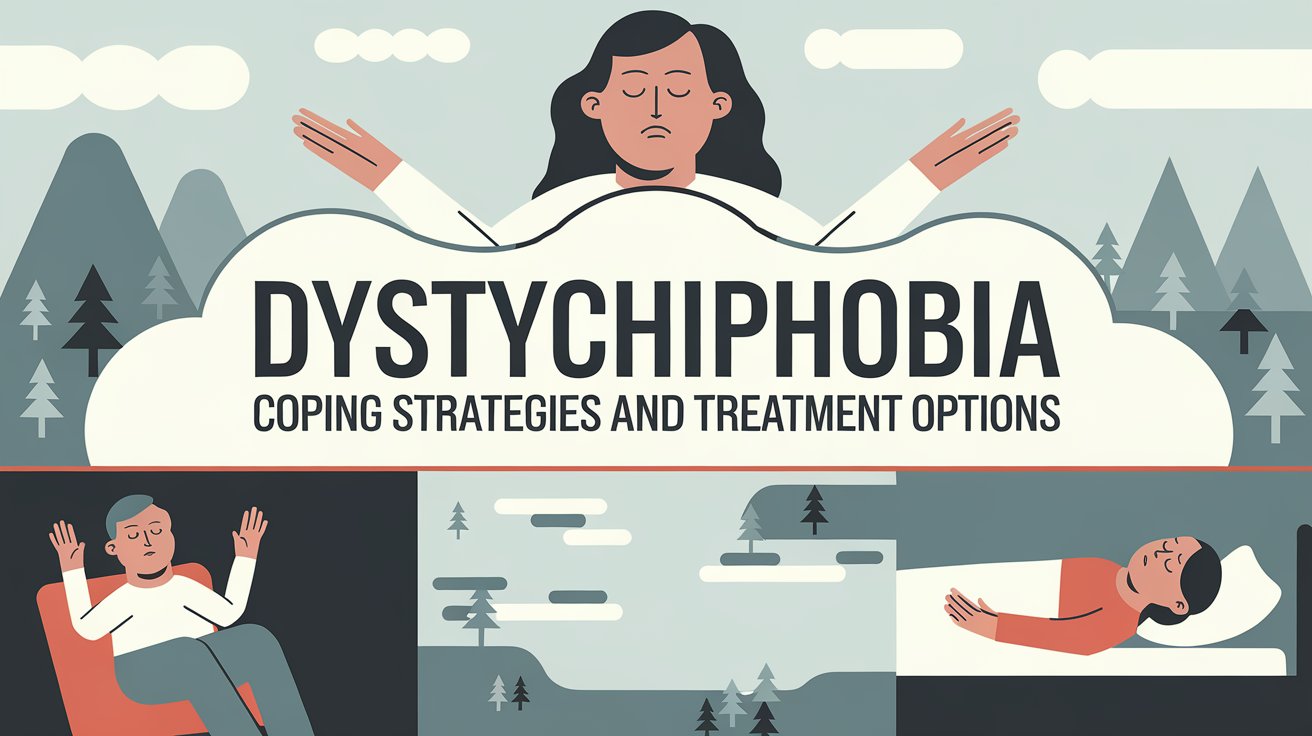
While dystychiphobia can be debilitating, there are several ways to manage and overcome this fear:
1. Cognitive Behavioral Therapy (CBT)
CBT is one of the most effective treatments for phobias.
It helps individuals identify and challenge their irrational fears, teaching them how to reframe their thinking and reduce anxiety around accidents.
- Reframing thoughts: CBT encourages patients to challenge and replace catastrophic thinking patterns with realistic risk assessments.
- Exposure therapy: Gradual exposure to the feared situation, such as driving or being in risky environments, helps desensitize individuals to their fear over time.
2. Relaxation Techniques
Relaxation techniques such as deep breathing, meditation, or progressive muscle relaxation can help individuals manage the anxiety that comes with dystychiphobia.
- Deep breathing: Helps to calm the nervous system during moments of panic.
- Mindfulness: Teaches individuals to stay present, reducing the intensity of their fear when anticipating accidents.
3. Medication
In some cases, doctors may prescribe anti-anxiety medication or antidepressants to help manage the symptoms of dystychiphobia, especially when therapy alone isn’t enough.
- SSRIs: Commonly prescribed to help reduce anxiety and improve mood.
- Beta-blockers: Can help manage the physical symptoms of panic, such as a racing heart or shaking.
4. Self-Help Strategies
Practicing gradual exposure, journaling about your fears, or joining support groups can also be beneficial.
Self-education on how to cope with anxiety can empower individuals to take control of their fear.
Conclusion
Dystychiphobia, though overwhelming, is a manageable condition with the right approach.
Seeking help from mental health professionals and using proven treatment methods can greatly improve one’s quality of life.
If you or someone you know struggles with the fear of accidents, it’s important to reach out for support to regain control and start living without constant fear.





























































































